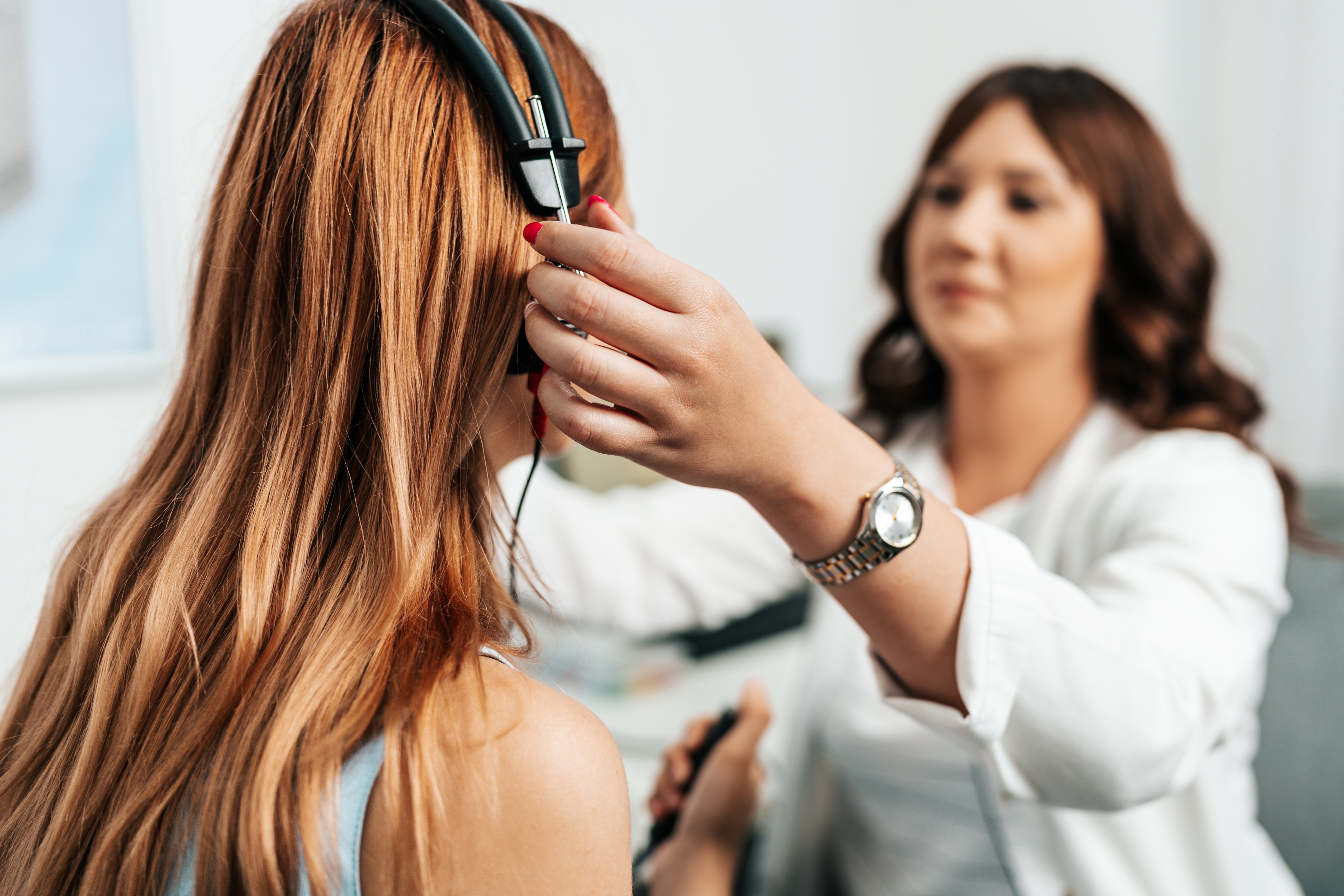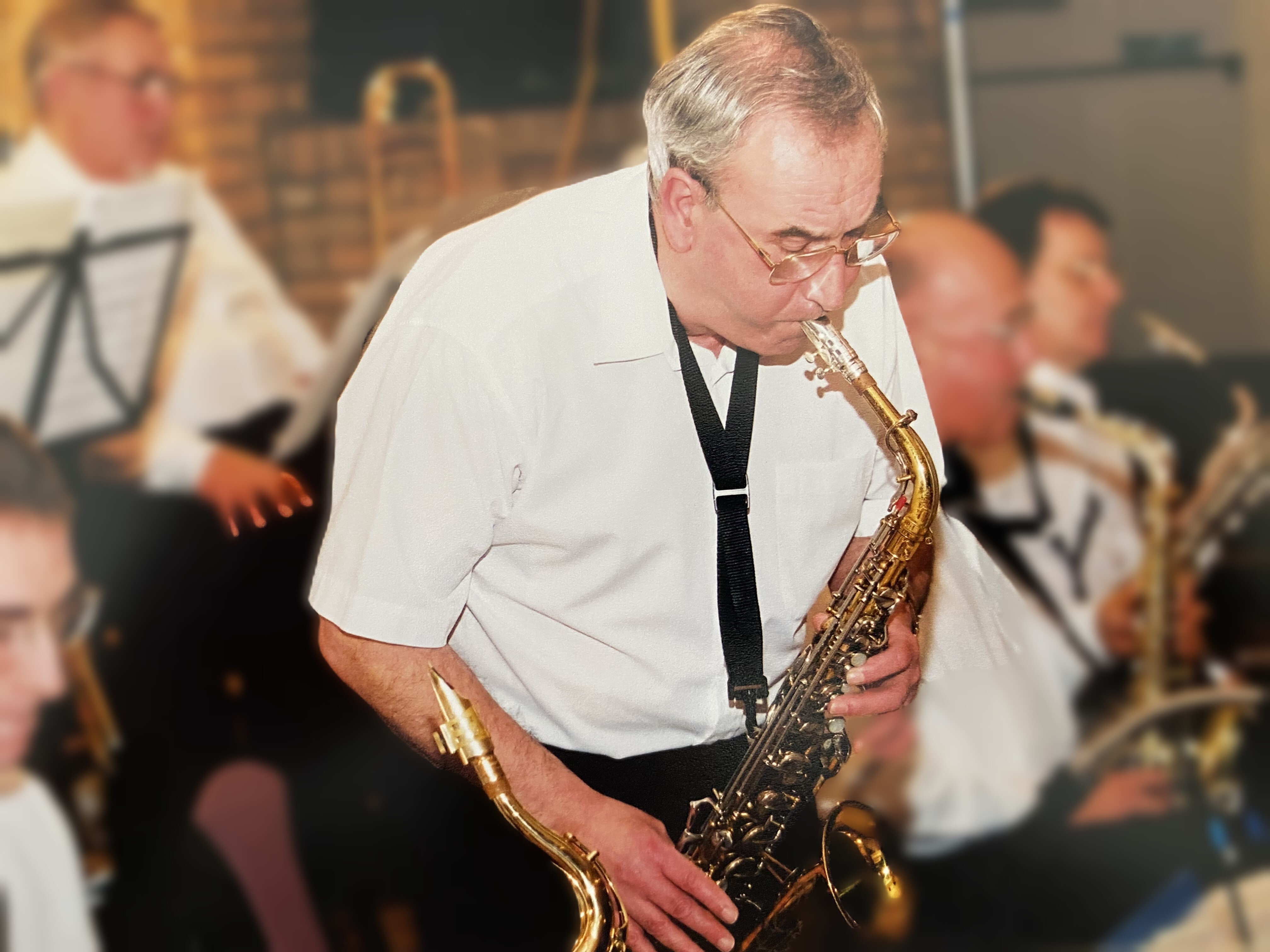Free hearing tests at home
Rated Excellent on Trustpilot for expert care in the comfort of your home.
Missing parts of conversations? Struggling with the TV?
Our free home hearing test helps you stay connected to the people and moments that matter. It’s quick to book, and we’ll guide you through every step.
Book a home hearing test Call to book by phone

Providing home care since 1987

'Excellent' rating on Trustpilot
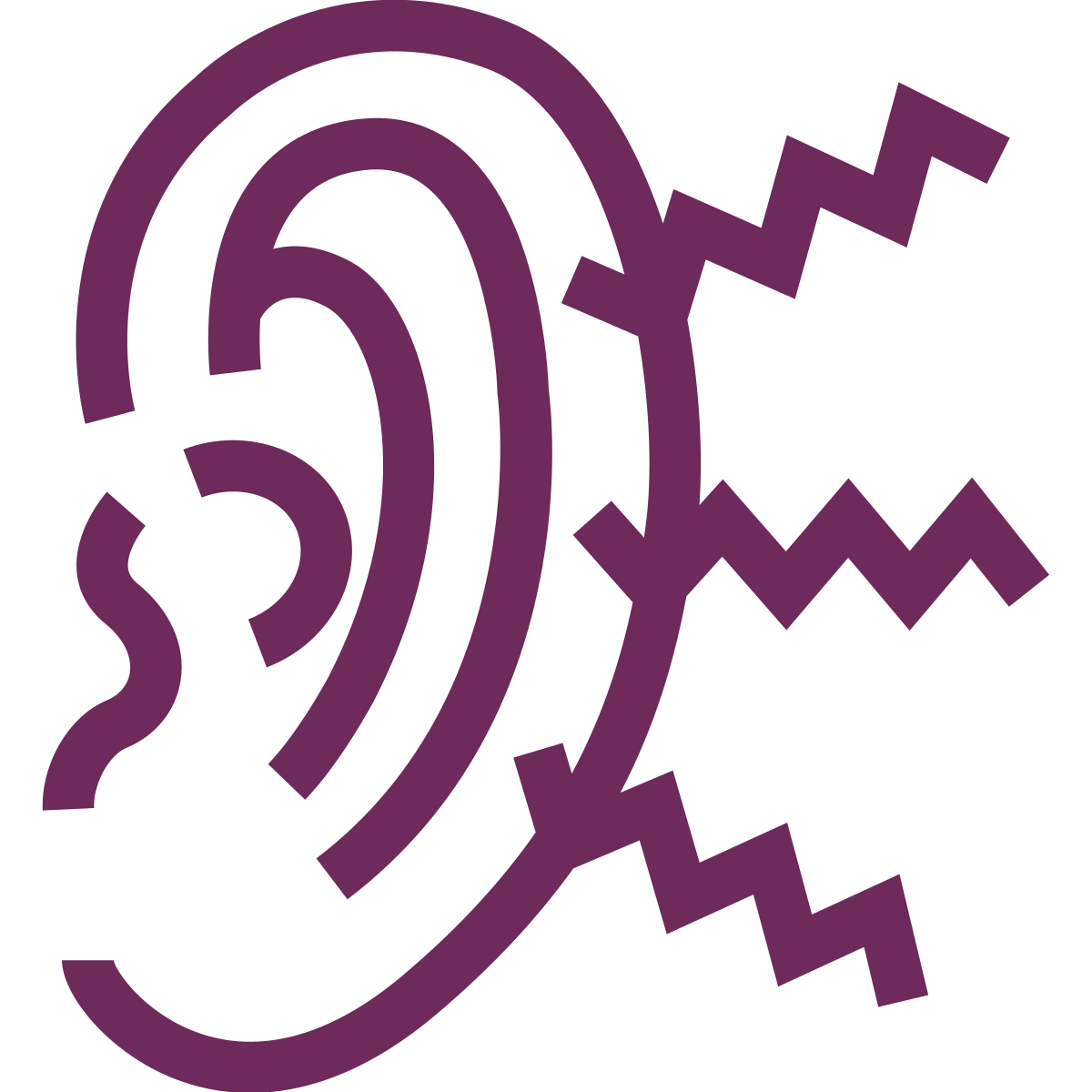
Discreet, comfortable hearing aids

No waiting rooms,
no travel, no stress
How your home hearing test works
One of our local, HCPC-registered audiologists will visit you at home with all the equipment needed to carry out a full hearing test.
Appointments usually take around an hour, with plenty of time to ask questions. Your audiologist will explain the results straight away and talk you through the options if hearing aids are recommended.
It’s a relaxed, professional service designed to put you at ease.
Book your home test today What happens at a home hearing test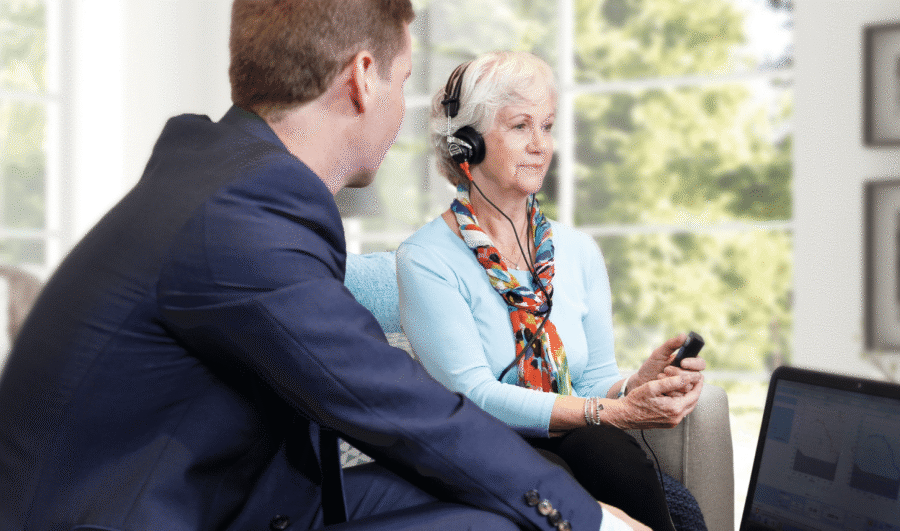
Your investment in better hearing
Hearing aids can make a huge difference to everyday life, helping you hear conversations more clearly and stay independent.
We'll come and test your hearing at no cost to you. If the test shows you'd benefit from hearing aids, we'll show you some to choose from, including virtually invisible, discreet, Bluetooth and modern styles.
There’s no pressure to buy. Our team is here to support you in making the decision that's right for you.
Prices start from £1,500, and many patients choose to spread the cost with our flexible monthly payment plans.
Book your home test today Got questions? Call us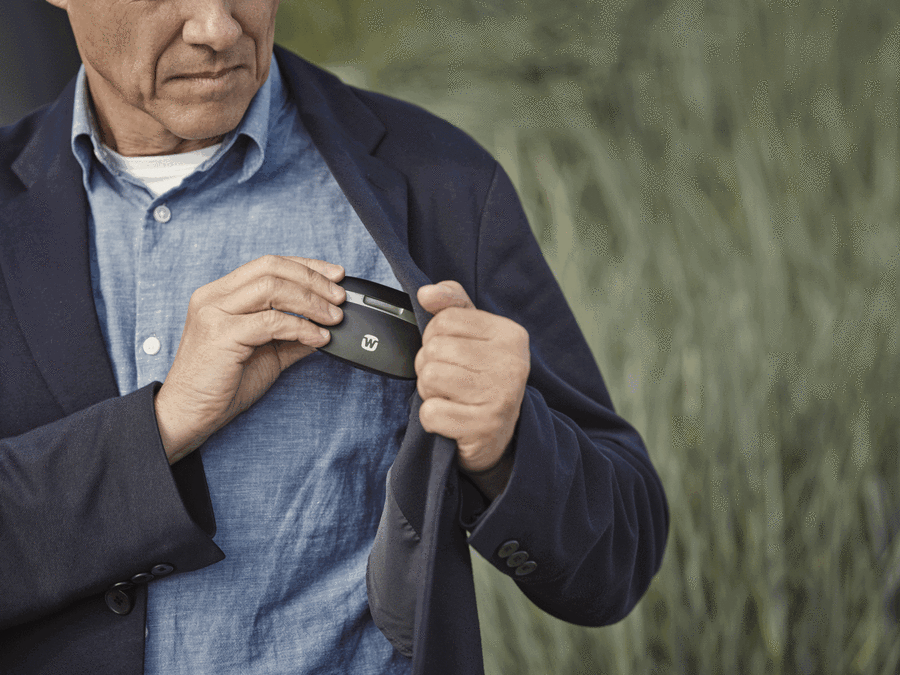
Still unsure? We're here to help
Most of us wouldn’t ignore changes in our eyesight, so why ignore changes in our hearing?
Just like glasses help you see clearly, hearing aids help you stay connected to conversations, loved ones, and everyday moments. Many people assume hearing aids are bulky or uncomfortable, but today’s models are discreet, lightweight, and designed for real life.
If you’re struggling to follow conversations or asking people to repeat themselves, a hearing test could make all the difference.
Not quite ready to book? Get in touch with our friendly team to chat through your options and find out what might be right for you.
Book your home test today Got questions? Call us
Ready to book your home hearing test?
It’s quick to book and could make a real difference.
Our hearing care team will guide you every step of the way, starting with a free home hearing test carried out by a qualified audiologist.
No pressure, just clear answers and support.
Book your home test today Got questions? Call us
